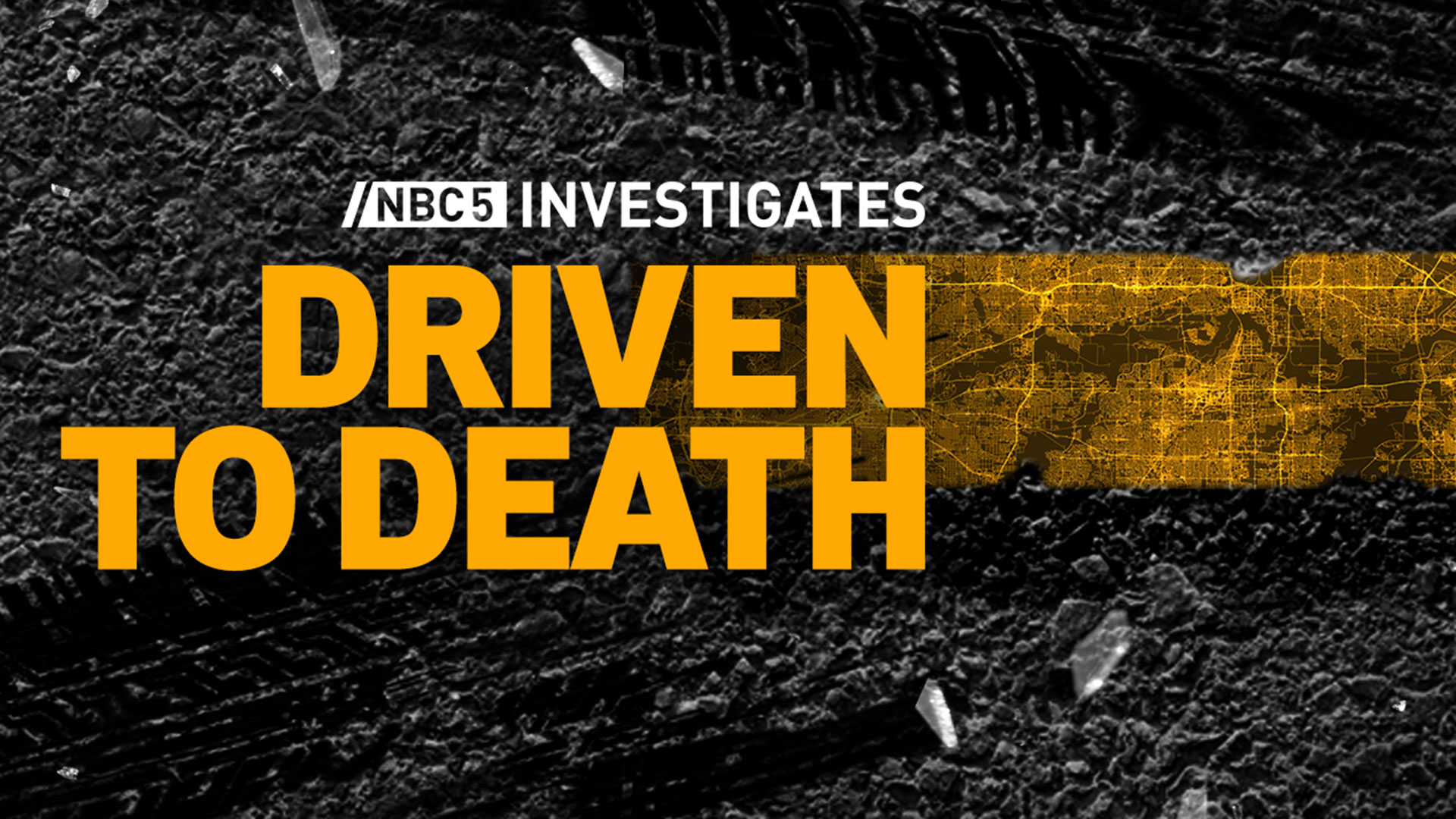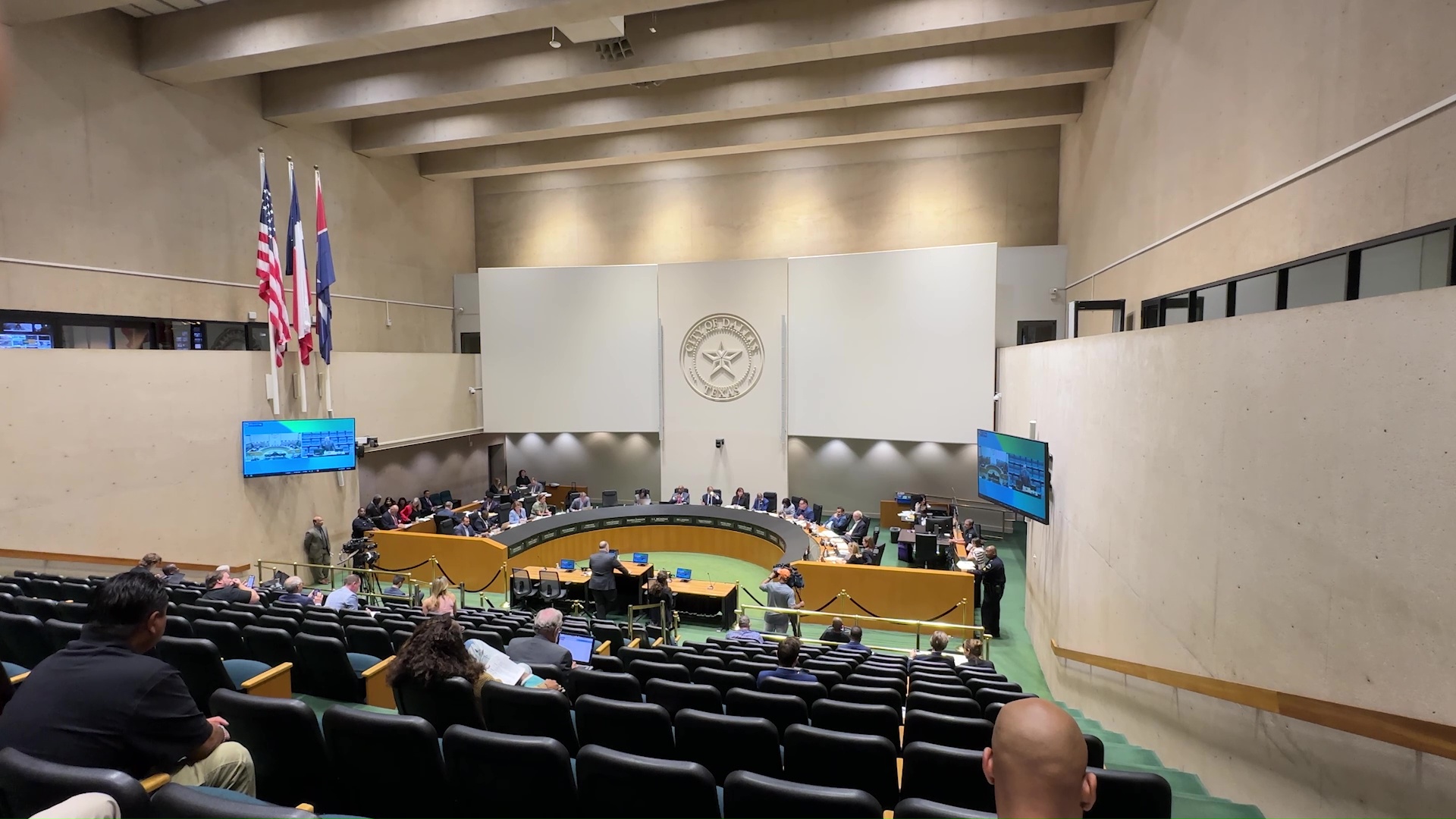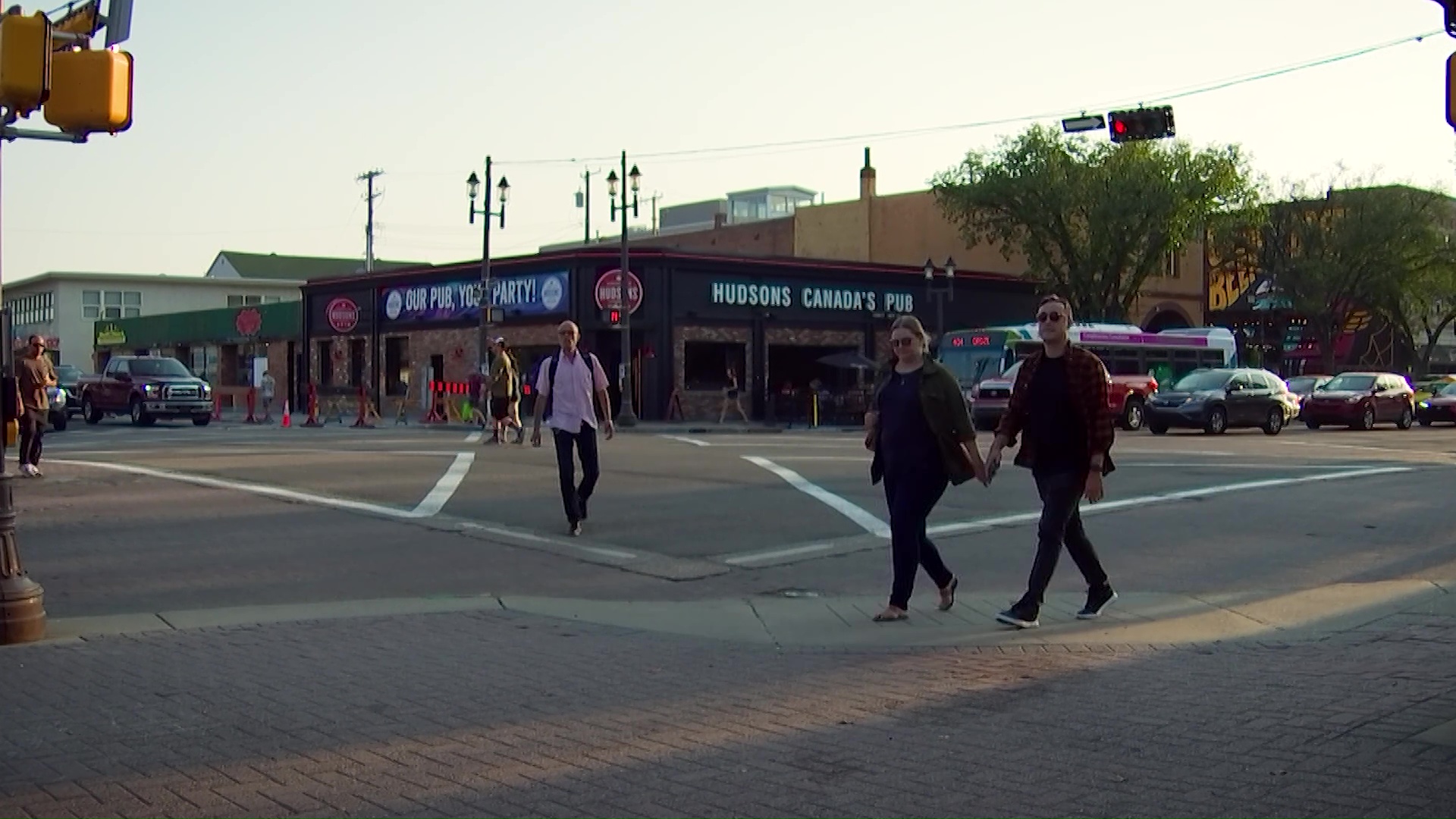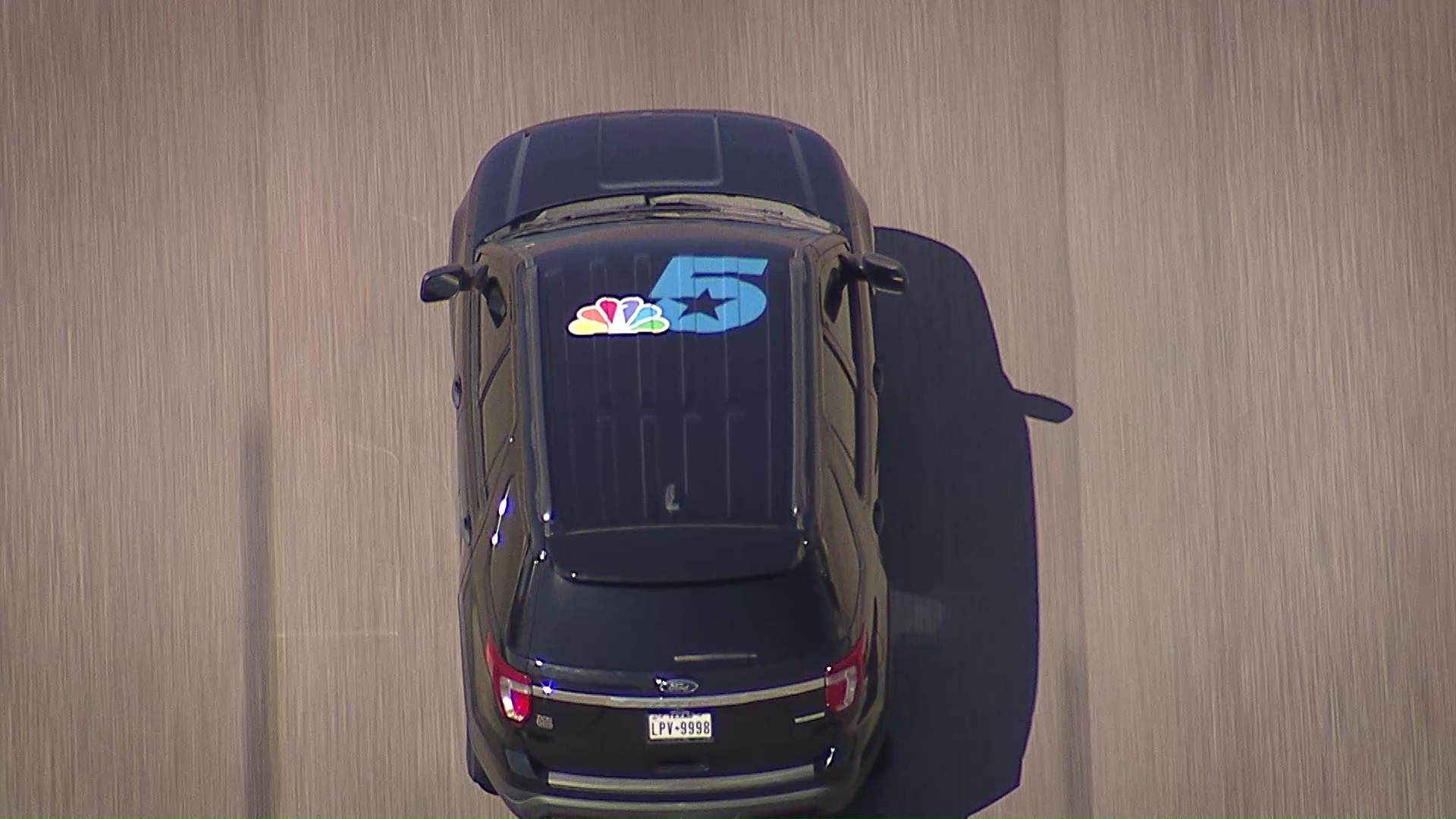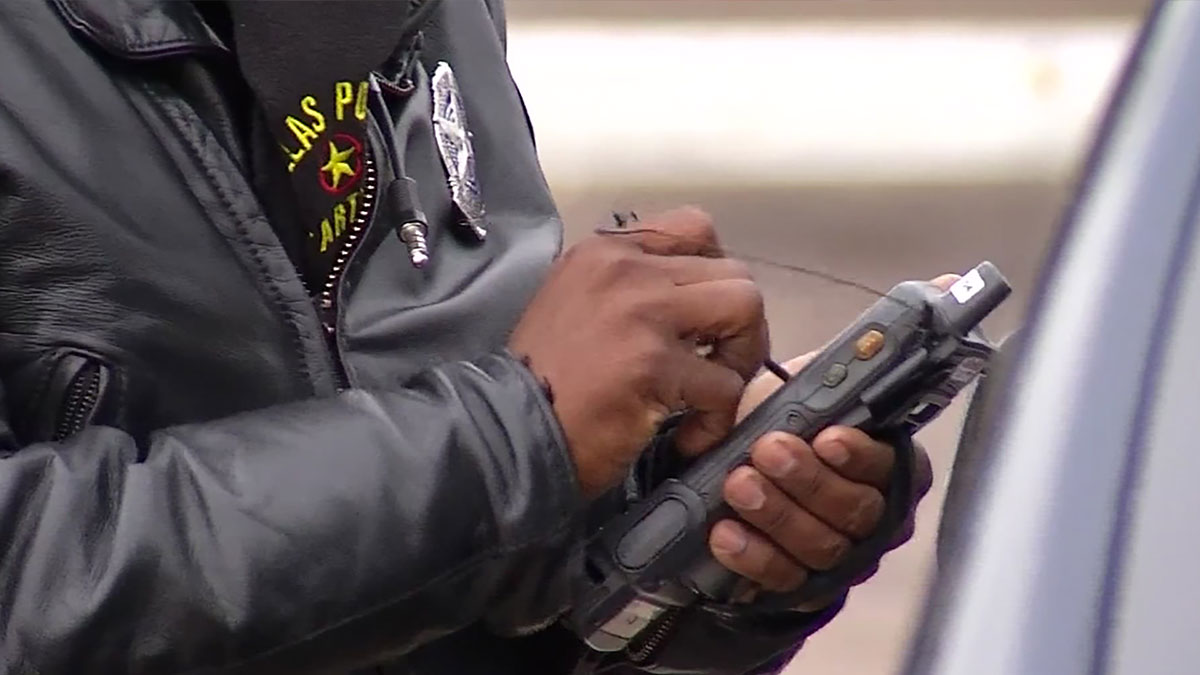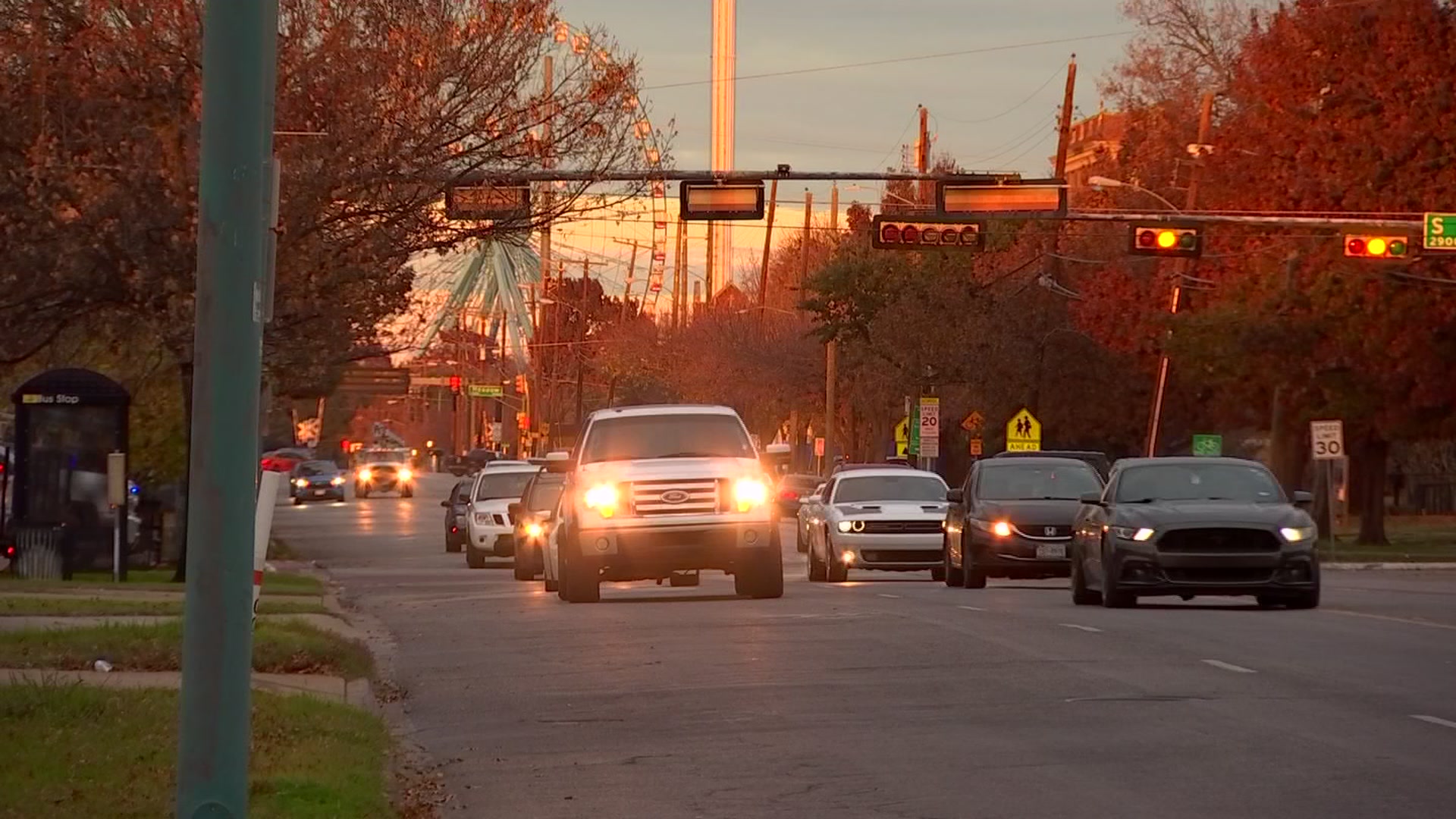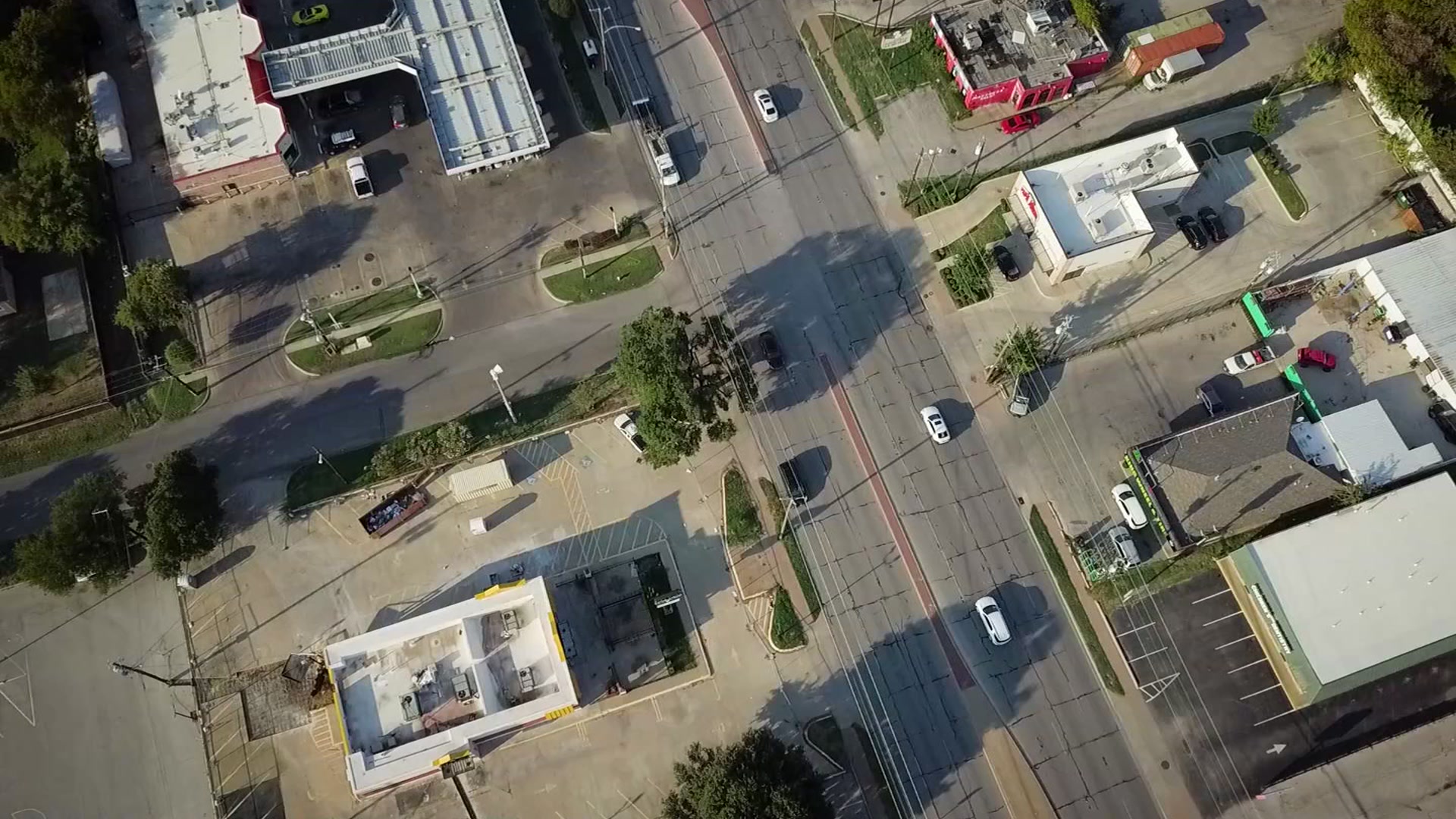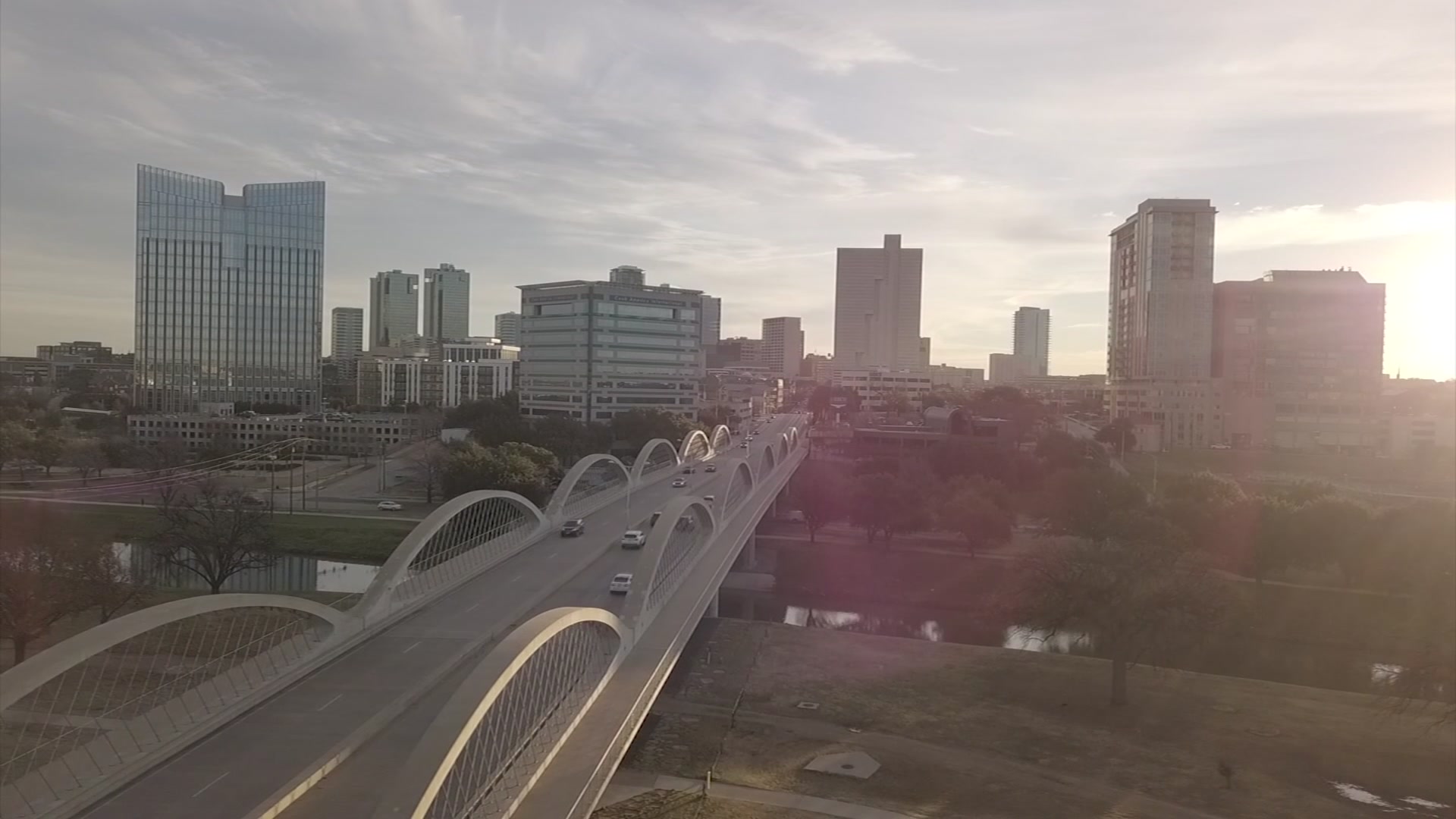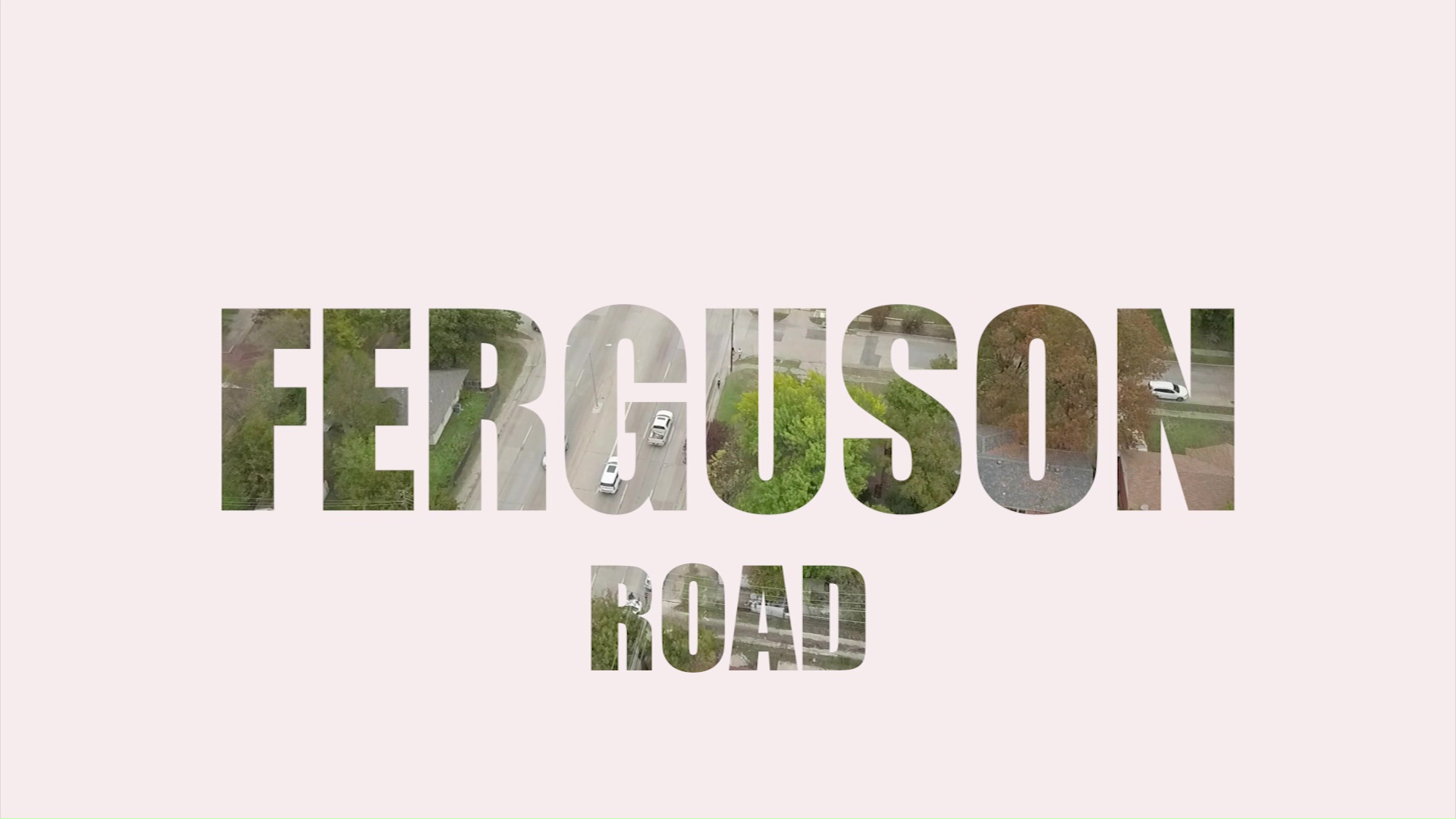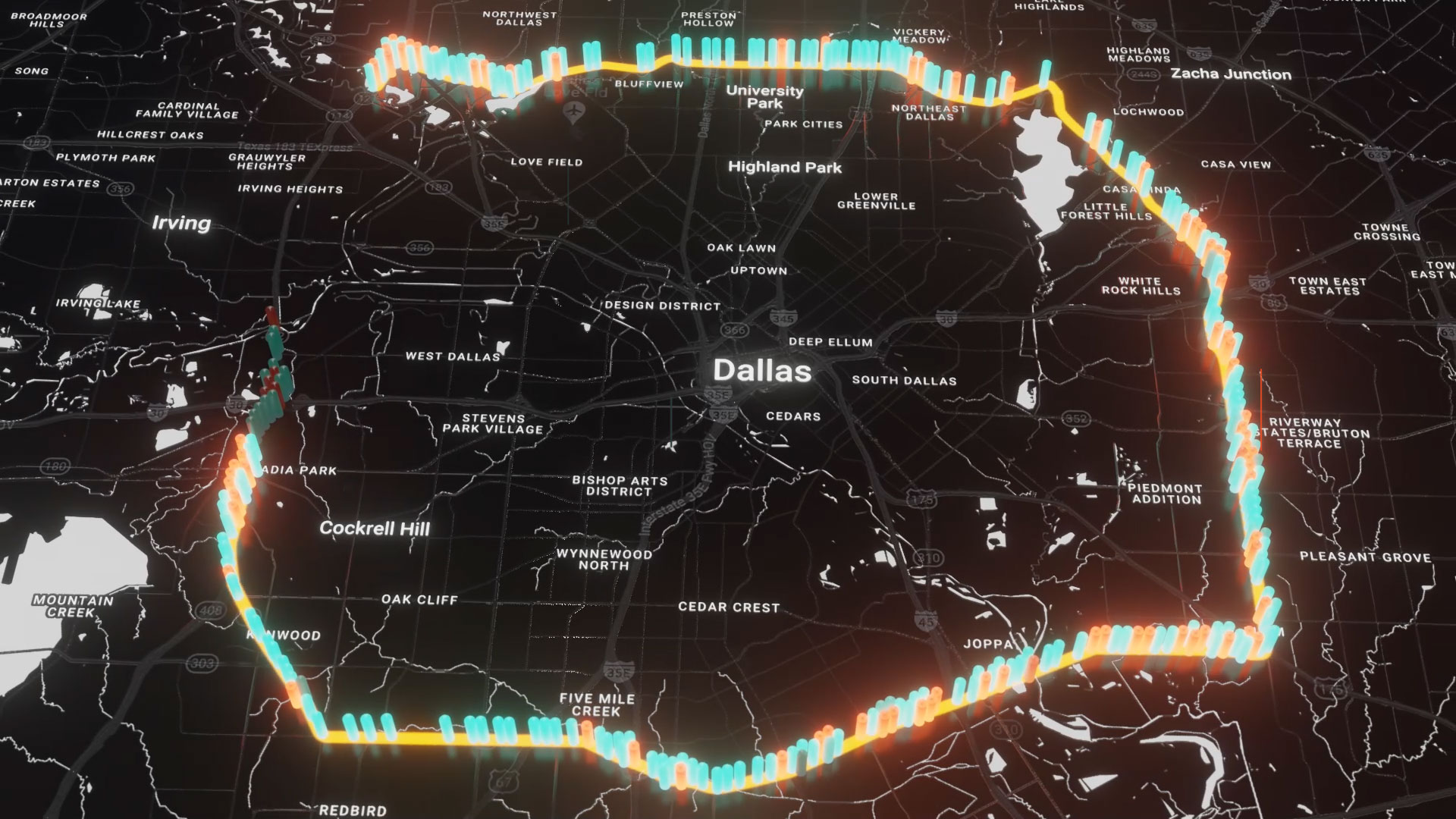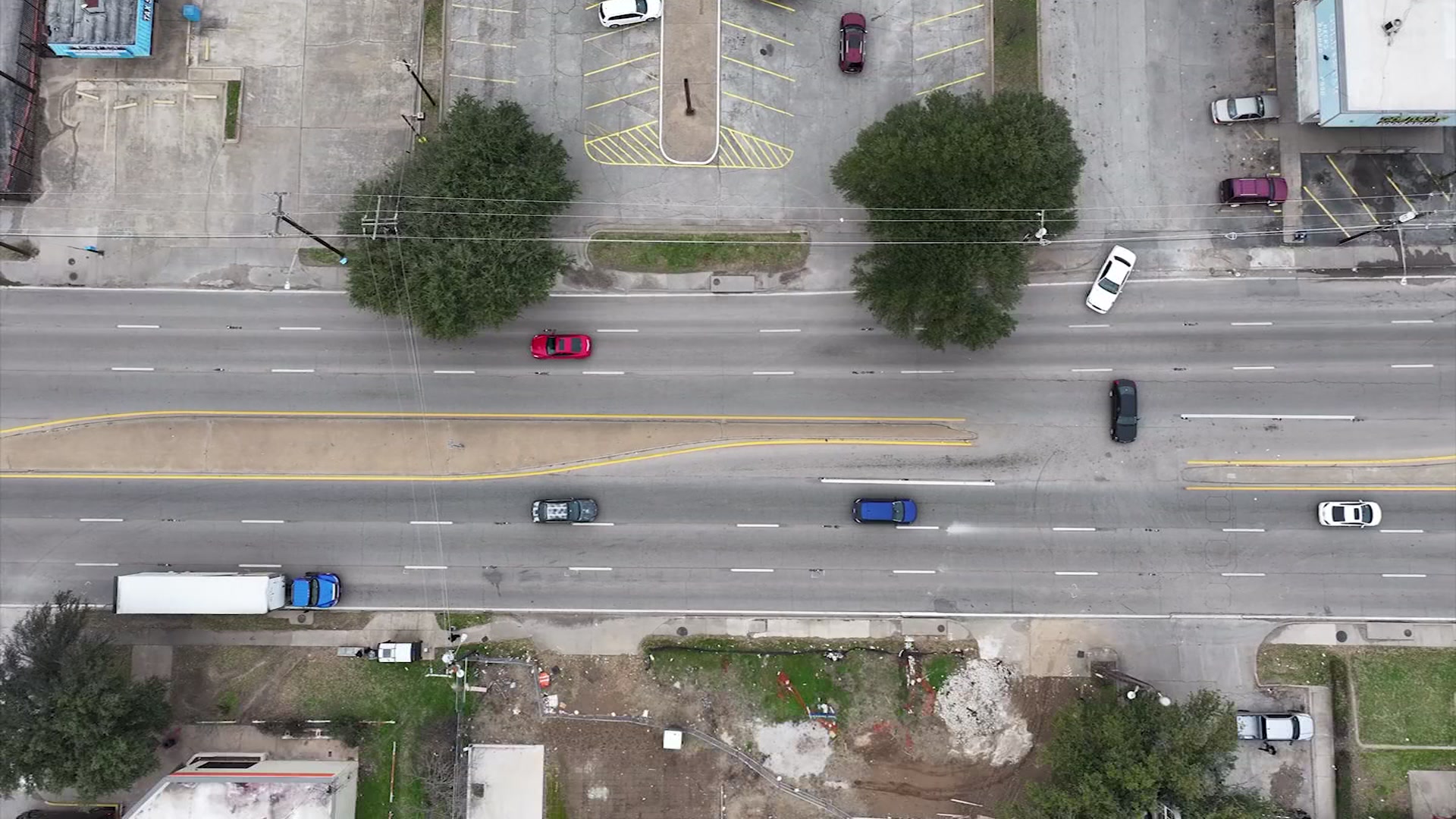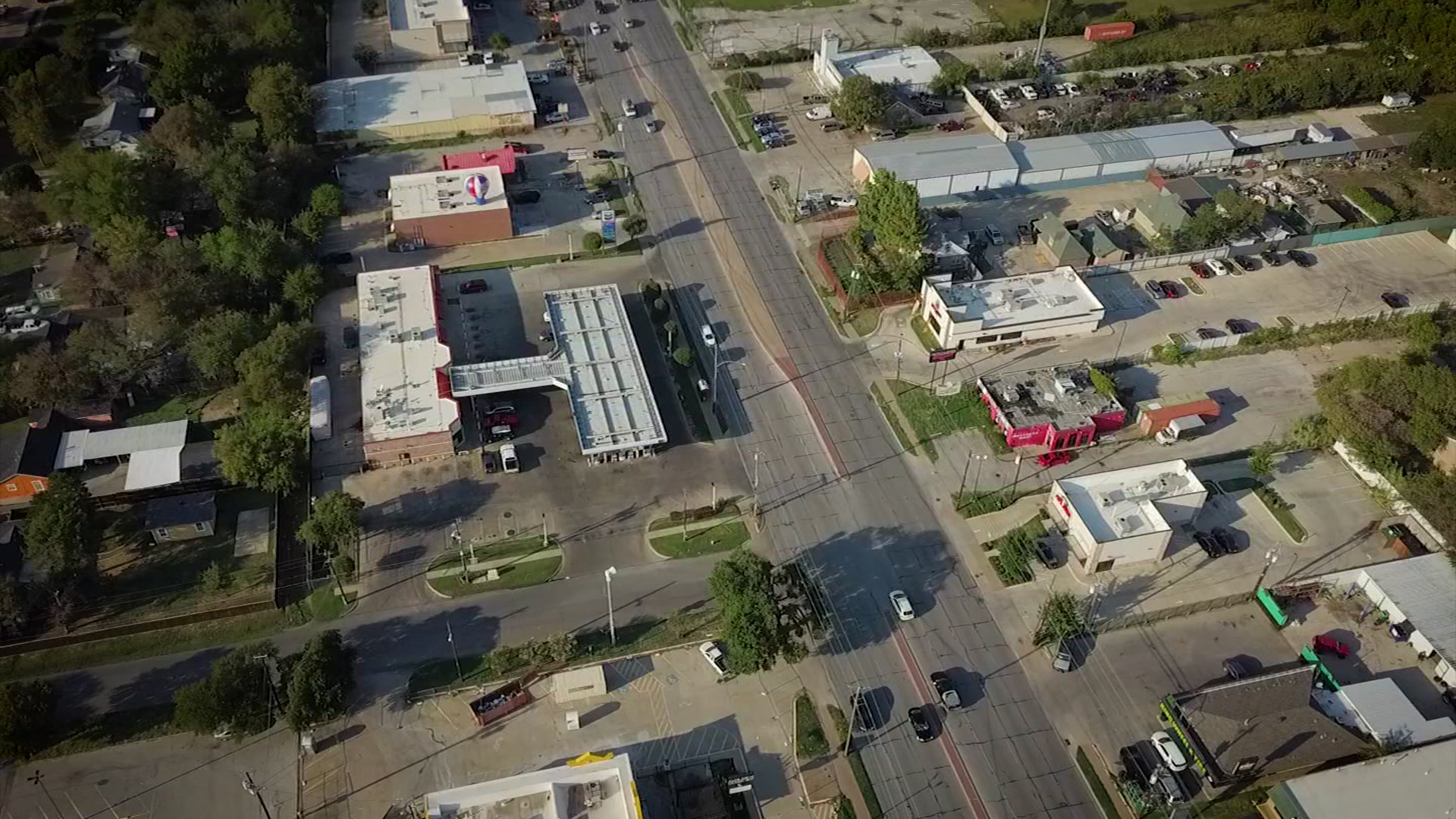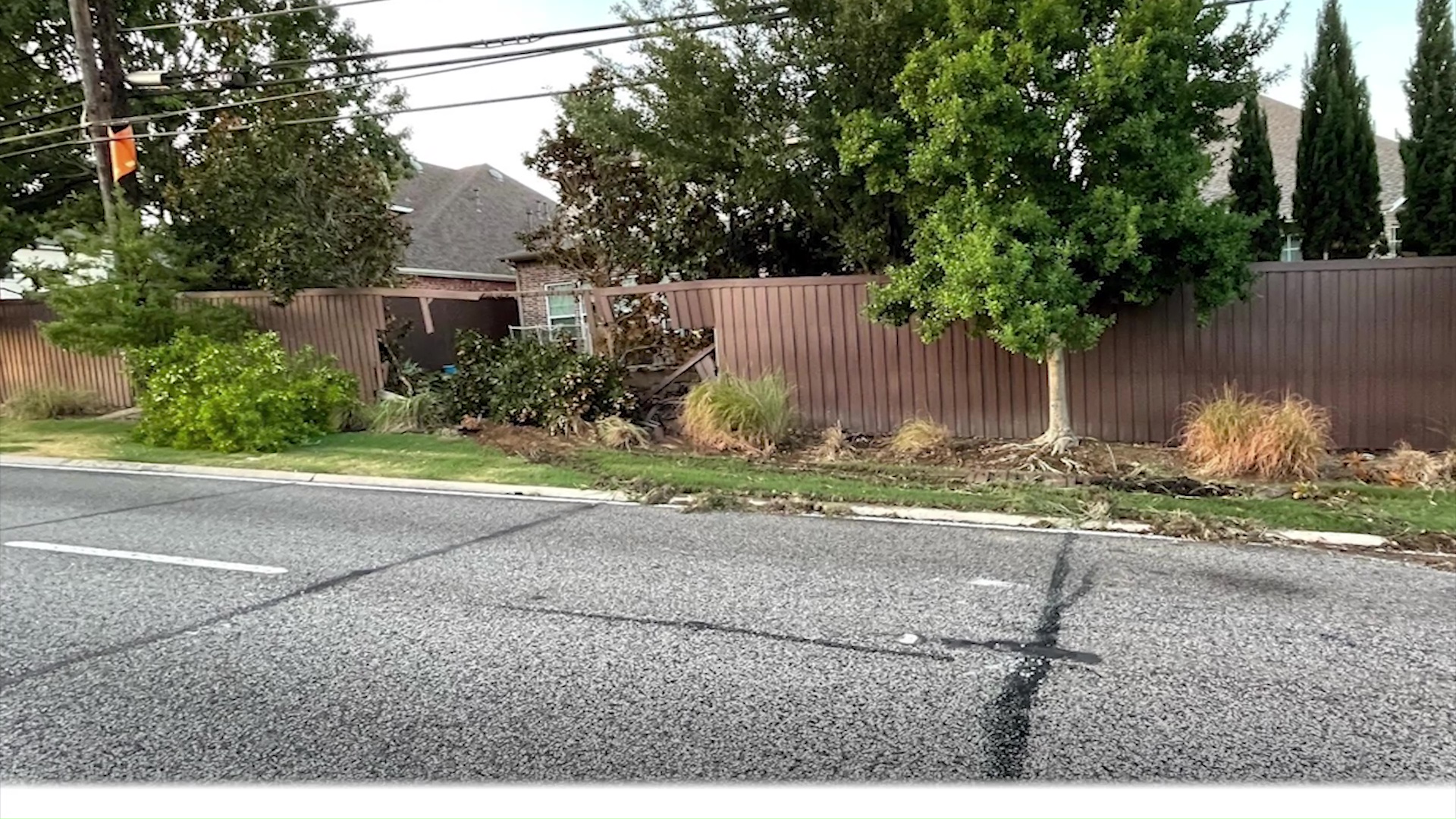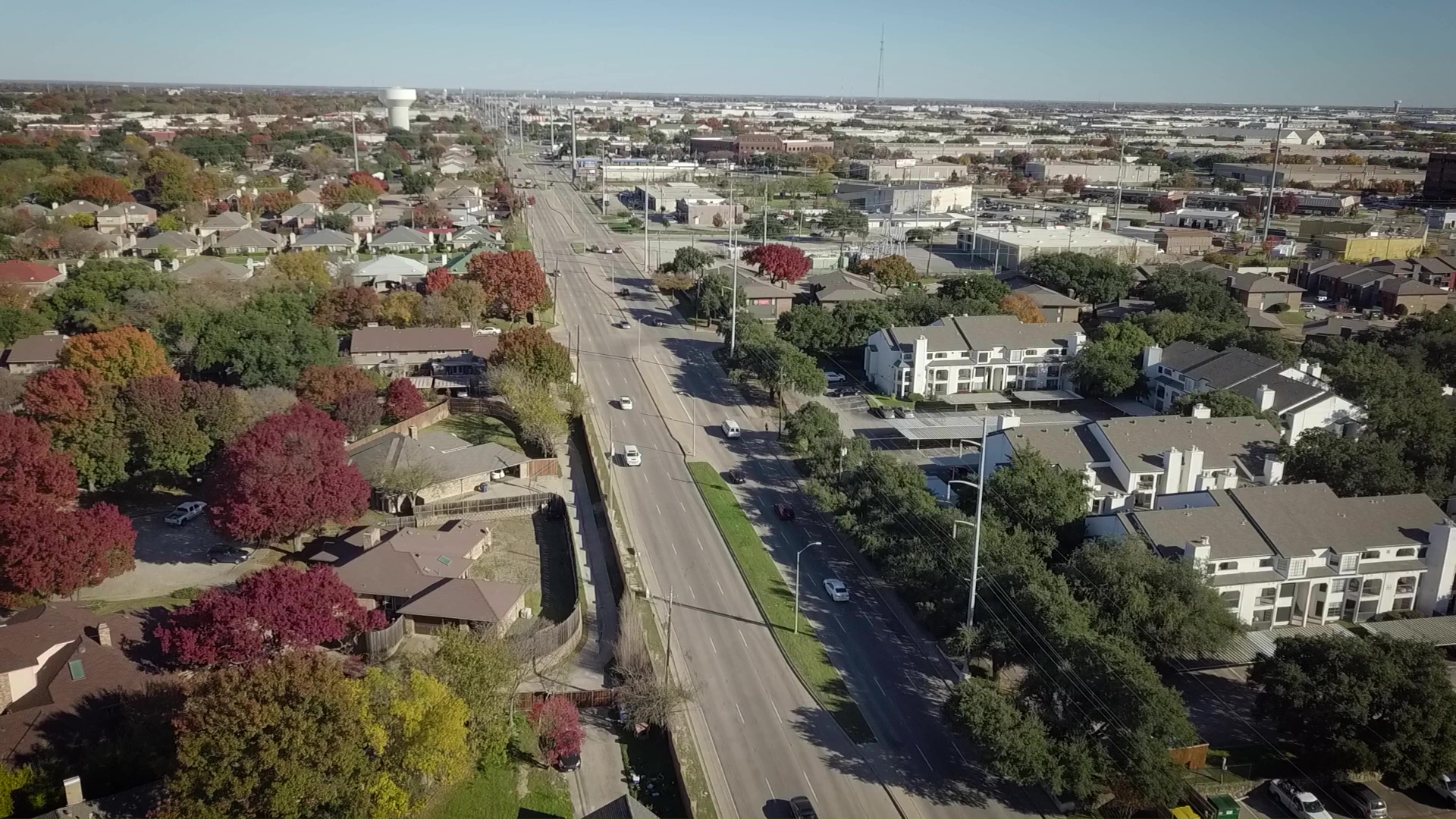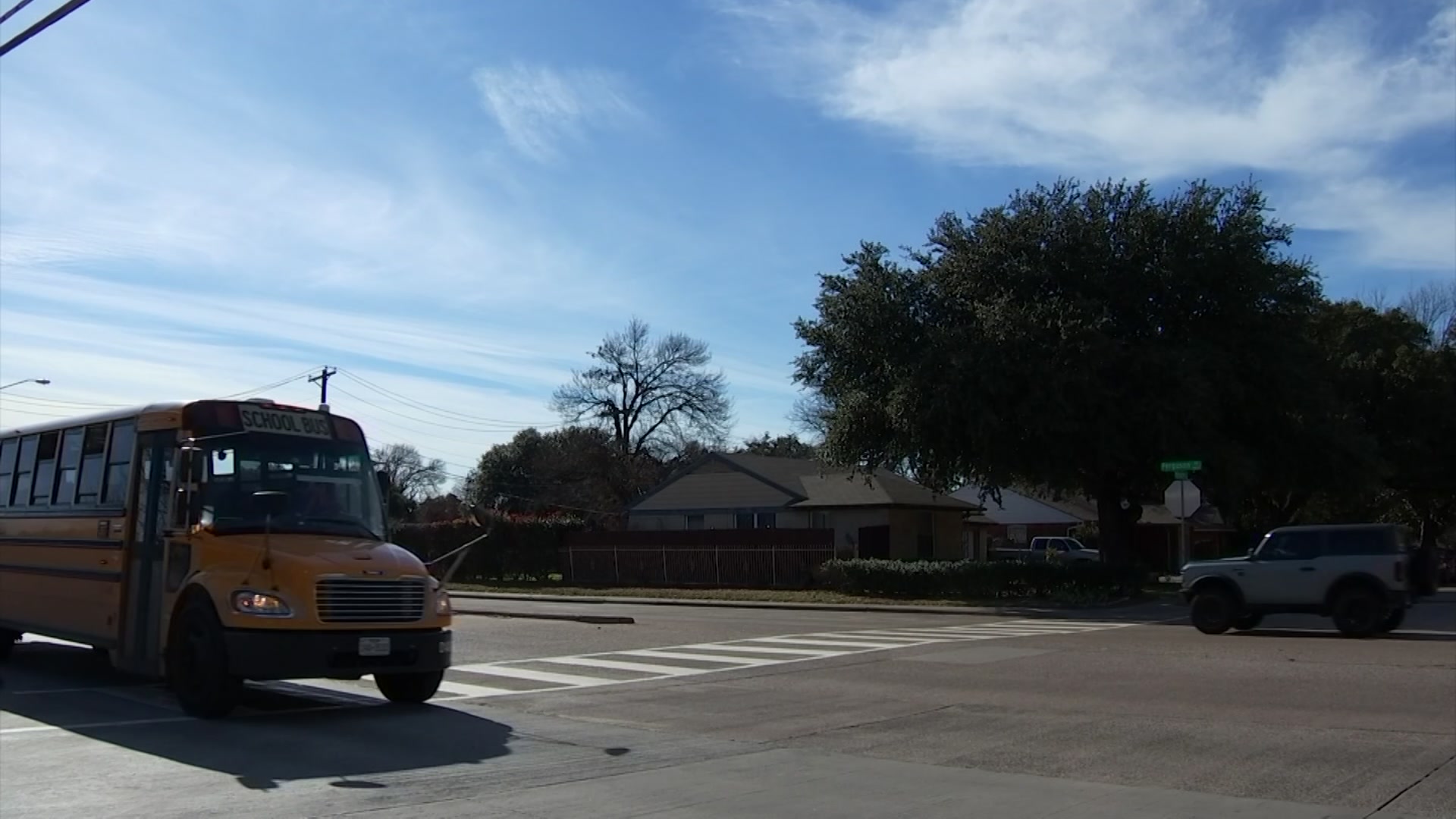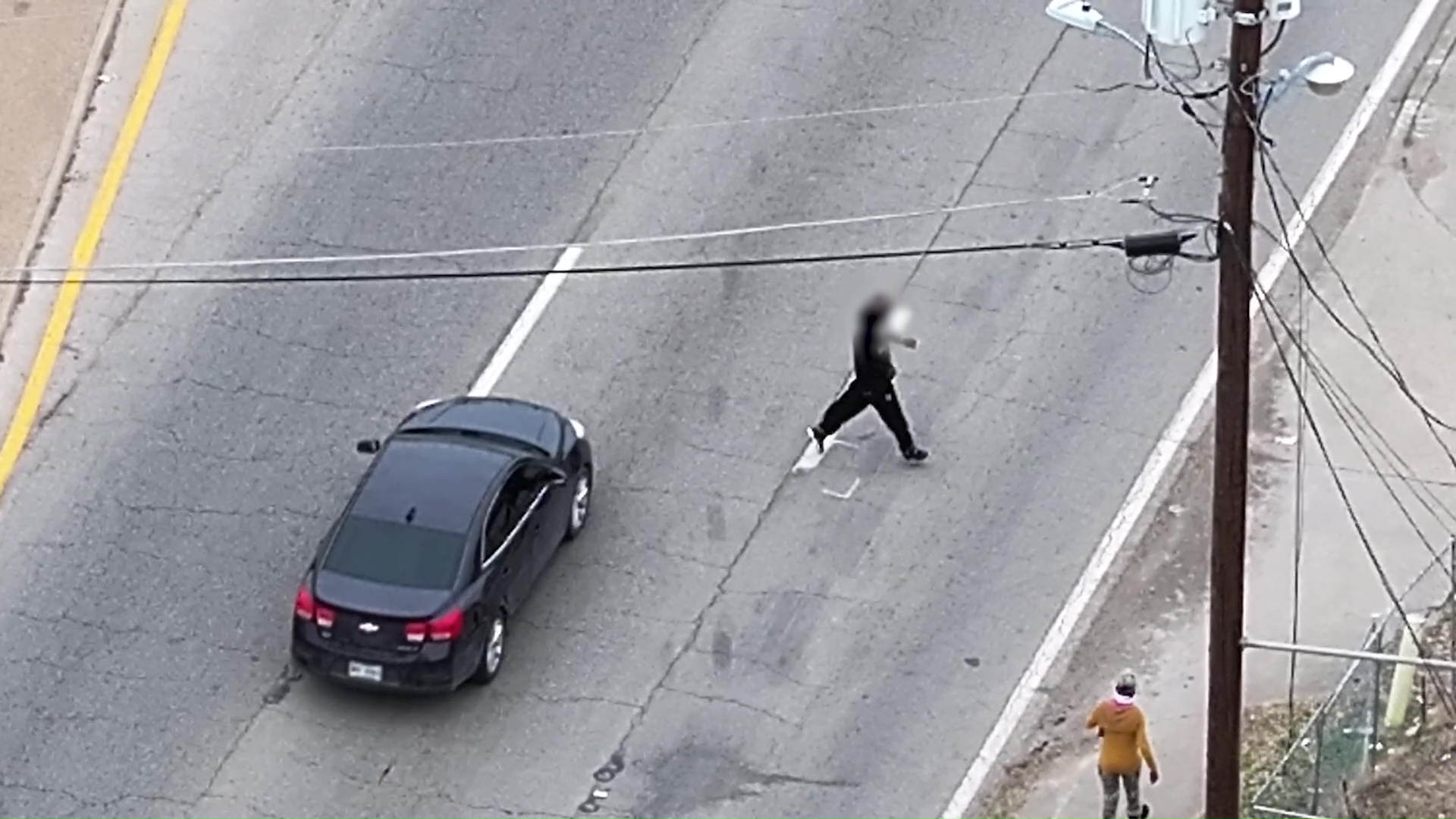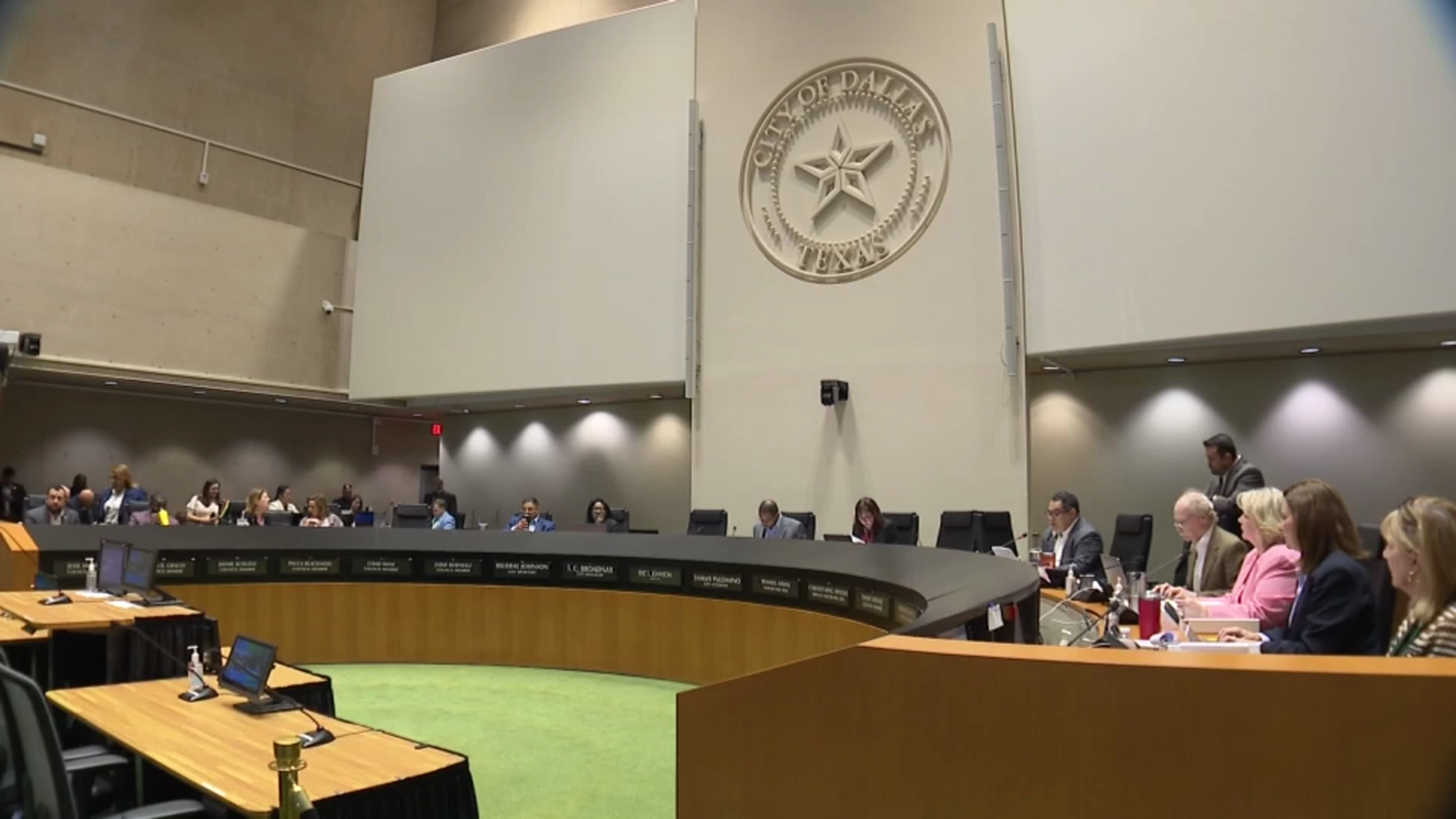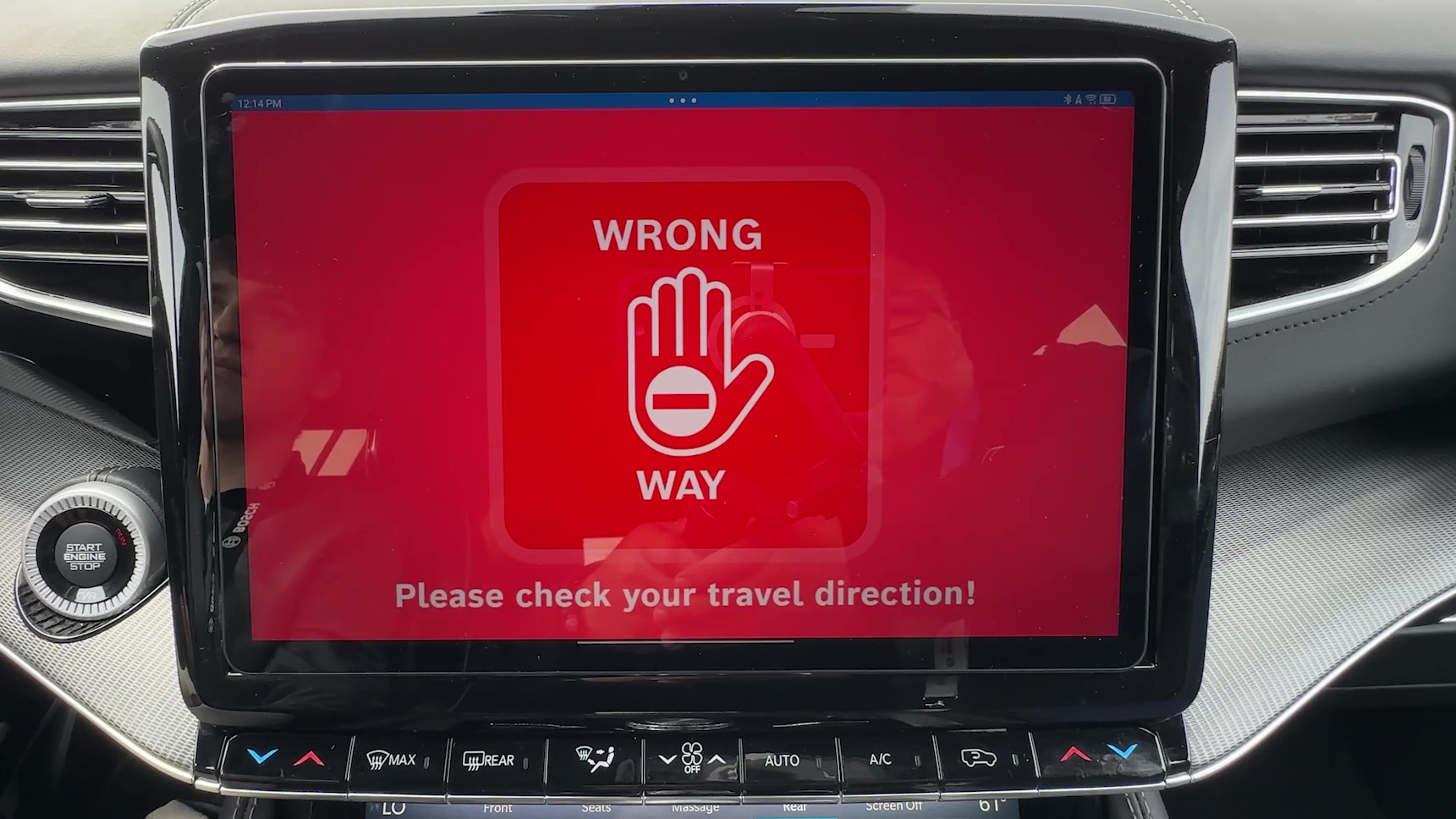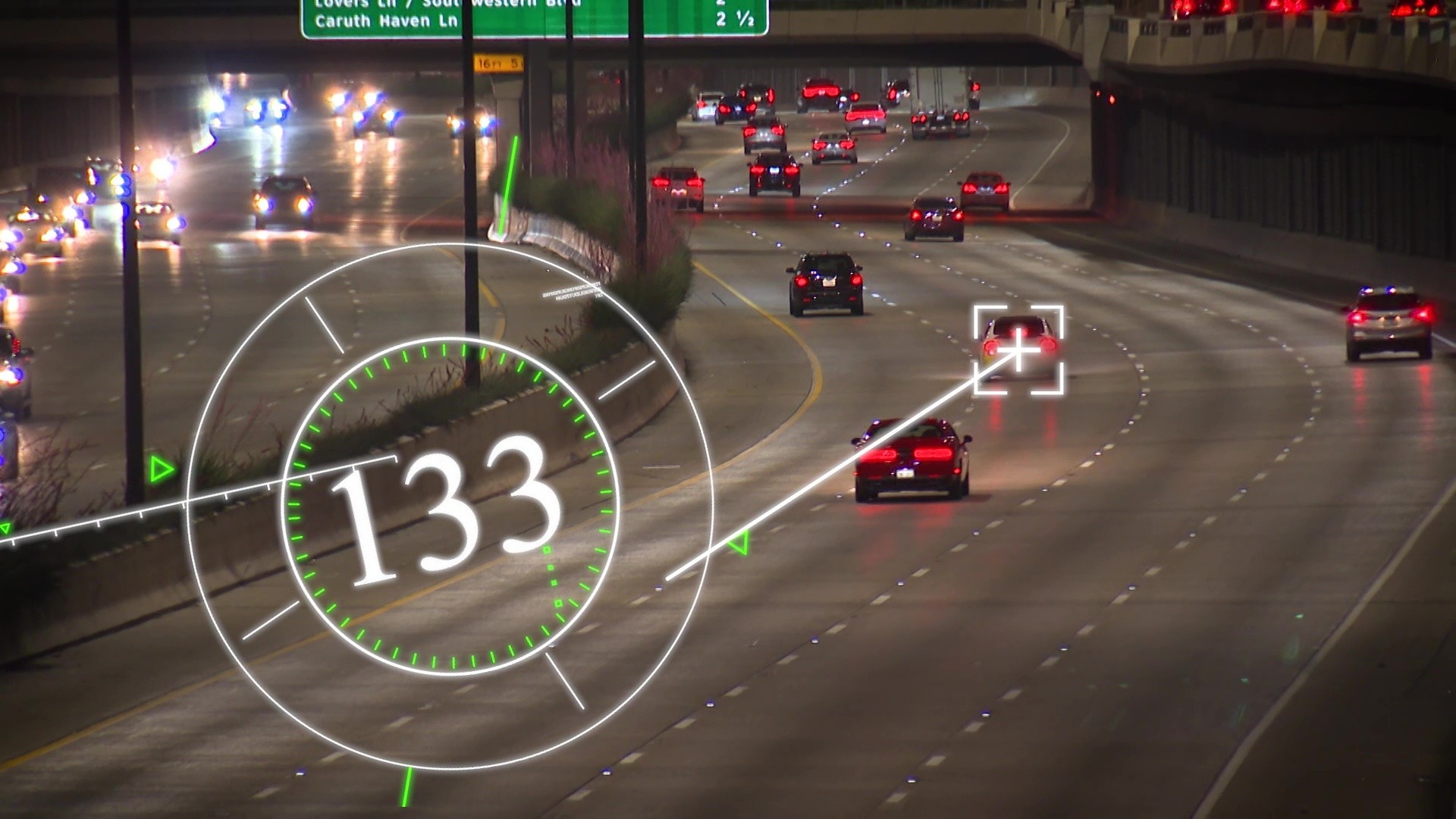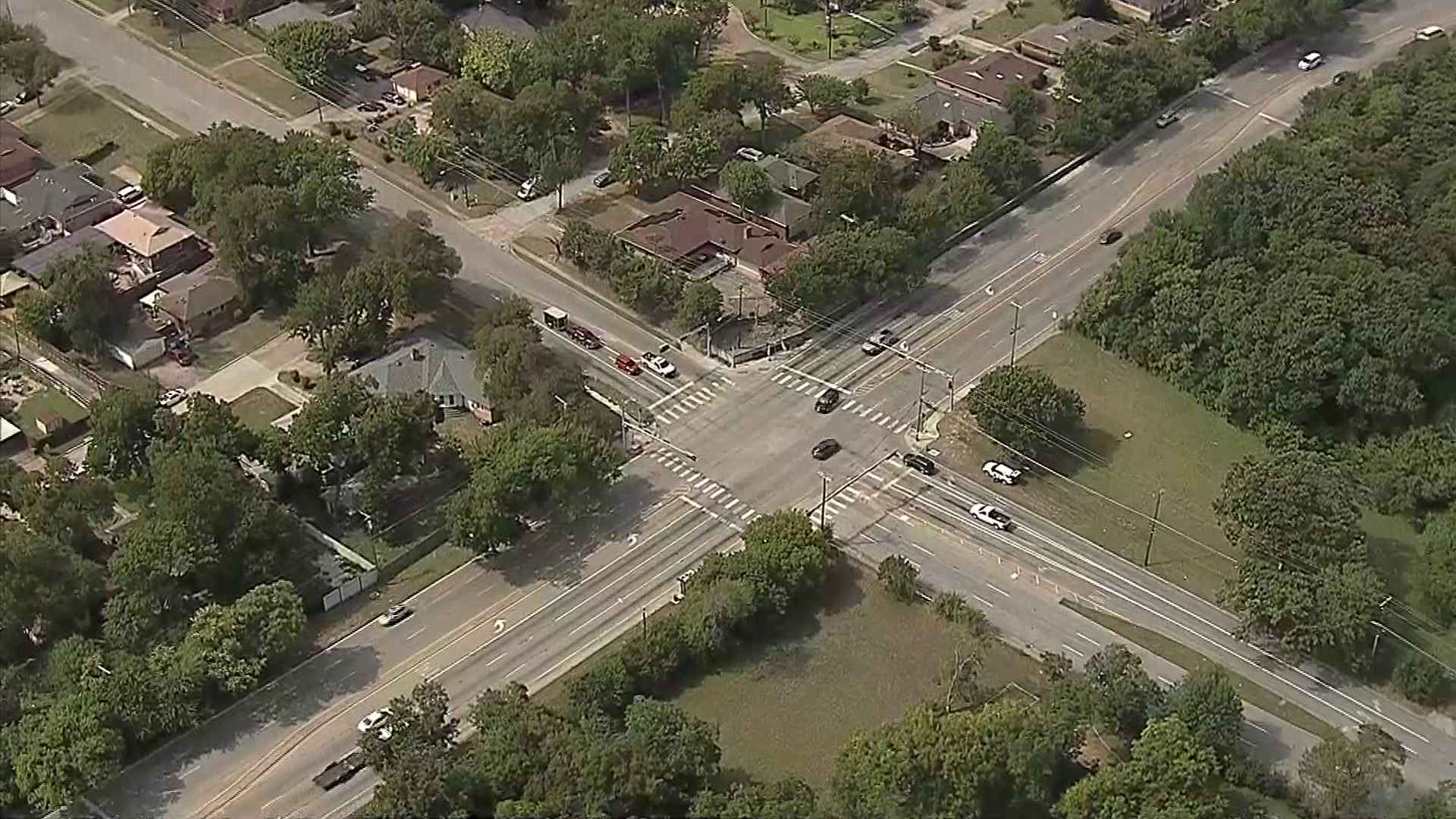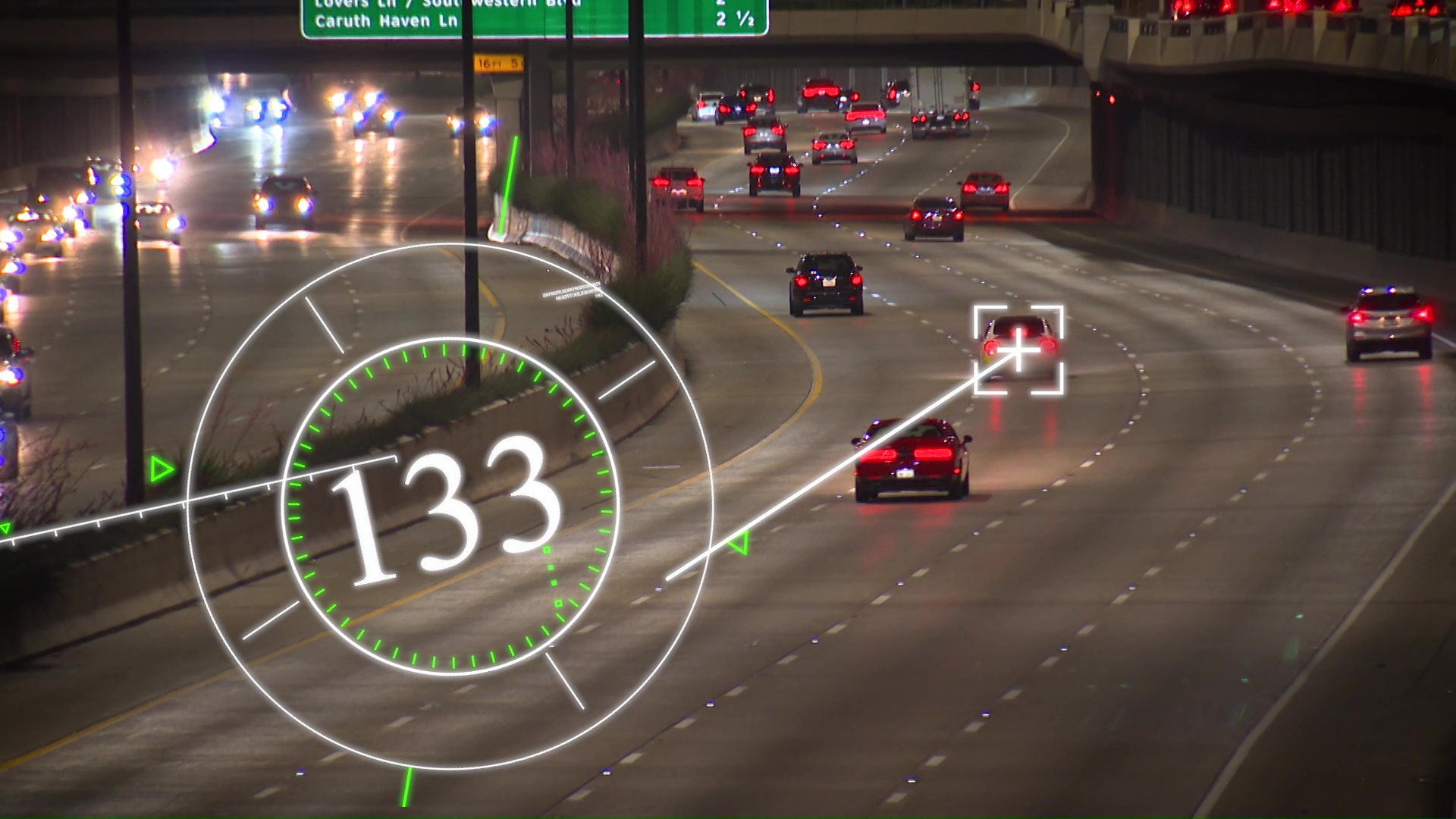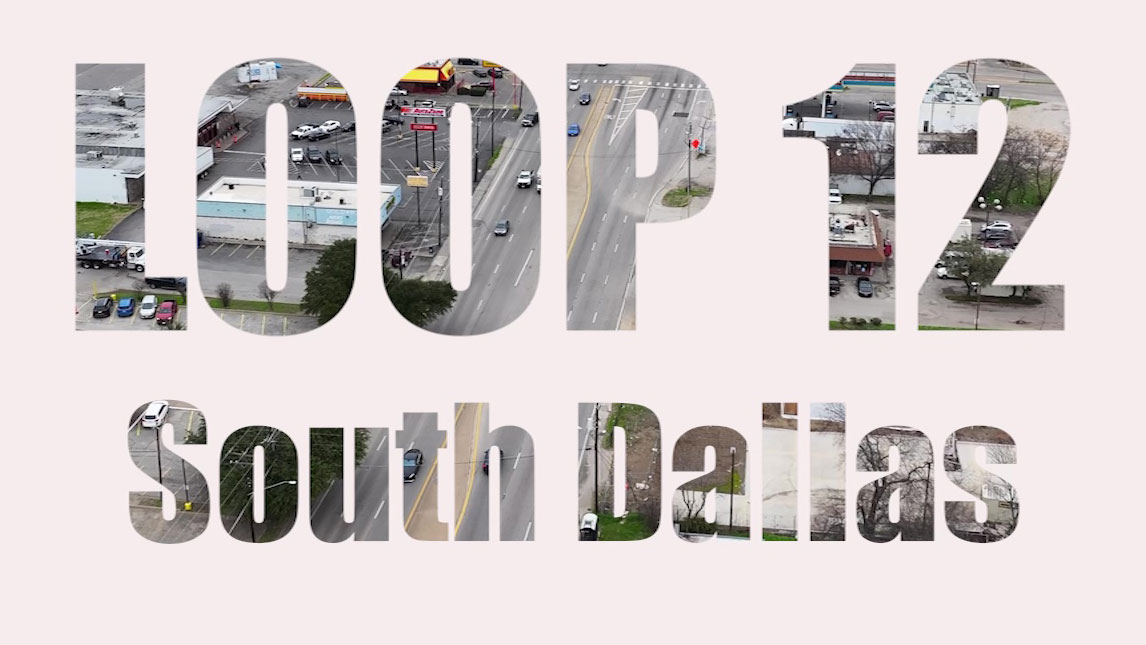Dallas City Council members pressed the city’s transportation director and police officials for answers Wednesday about how the city can reduce traffic deaths and injuries.
Some council members requested a full briefing after an NBC 5 investigation raised questions about the city's lack of progress on its Vision Zero road safety action plan. In 2022 the council committed to eliminating traffic deaths and cutting the number of serious injuries in half by 2030.
“We only have six years left. And so do we have each of the years set out to go, and here’s how we’re going to get there?” Dallas City Council member Jaynie Schultz questioned.
“We’re working towards it but to tell you that I have the complete plan today, definitely I’m going to say I don’t have it complete. However, we’re working at it and progressing towards that”, responded Gus Khankarli, the Dallas Transportation Department Director
Get top local stories in DFW delivered to you every morning. Sign up for NBC DFW's News Headlines newsletter.
Questions and comments about the plan seemed to flow as fast as Dallas traffic as council members asked how the city is working to identify the most dangerous roadways and how it can implement both quick-fix and longer-term safety measures.
In November, an NBC 5 investigation revealed Dallas has the highest traffic death rate among America’s 10 largest cities, and speed is the number one factor in fatal crashes in the city, according to TxDOT data.
At Wednesday’s briefing, council member Paul Ridley pointed out that the city’s yearly traffic death toll is roughly equal to the number of murders in recent years.
“Two hundred lost their lives on Dallas streets last year. That’s not nothing,” said Ridley.
In a lengthy briefing Khankarli gave his most detailed public explanation yet of his staff's efforts to identify and address the city's most dangerous roads.
He said the city’s latest data analysis shows just 7% of streets now account for 57% of severe injury and fatal crashes.
But Khankarli said funding and staffing challenges limit his ability to change those streets quickly in a city where many streets were designed long ago like highways, built to move traffic fast more than for safety.
Khankarli said staff will continue to identify places where they can narrow lanes to slow high speeds -- sometimes called a road diet.
“What kind of appetite do we have for road diets?” questioned council member Jaime Resendez.
“We’re open when we conduct our study, and the data shows that it can be done,” responded Khankarli.
Some council members requested Wednesday’s briefing after an NBC 5 investigation revealed a draft report showing the transportation department had not implemented many action items in the Vision Zero plan.
An updated transportation department briefing presentation still shows 23 Vision Zero action items not complete or not started and 19 complete.
The Vision Zero action plan was formally adopted in 2022 but the council first embraced Vision Zero as a strategy back in 2019.
Khankarli said Wednesday that progress has been slowed in part by a long list of unexpected local and world events.
“Obviously we had a few incidents that we had to deal with along the way - a tornado, a deep freeze, a few storms, the pandemic, supply chain and logistics along the way,” Khankarli said.
Khankarli said his department would address dangerous streets using engineering strategies while working with other city departments to enhance traffic enforcement and public safety education campaigns. He said success will require a three-pronged approach.
“Enforcement, engineering, and education, all three have to be working in unison in order to effectuate change,” Khankarli said.
Some council members also questioned whether police need to do more to crack down on dangerous speeds, which are the number one factor in deadly Dallas crashes.
“I think there is a widespread perception that there is no traffic enforcement anymore, and people are getting away with it,” said District 14 Council Member Paul Riley.
Those comments prompted a swift reply from police chief Eddie Garcia, who said he was listening to the meeting and left his office to travel to city hall to respond.
Garcia told the council his short-staffed department is doing its best, with just 29 traffic enforcement officers.
“I can tell you that we are not going to be in a position anytime soon to be able to staff every intersection in the city. With regards to enforcement, our traffic unit does the best they can utilizing data”, Garcia said.
Garcia said the department is using data to target enforcement at the most dangerous locations and that he is proud of the work the traffic unit has done.
Some council members said they hoped Wednesday’s roughly three-hour meeting would mark a shift toward greater action and that future progress toward vision zero would be swifter.
“I’m still frustrated that we as a city can’t do more,” said District 1 Councilman Chad West.

